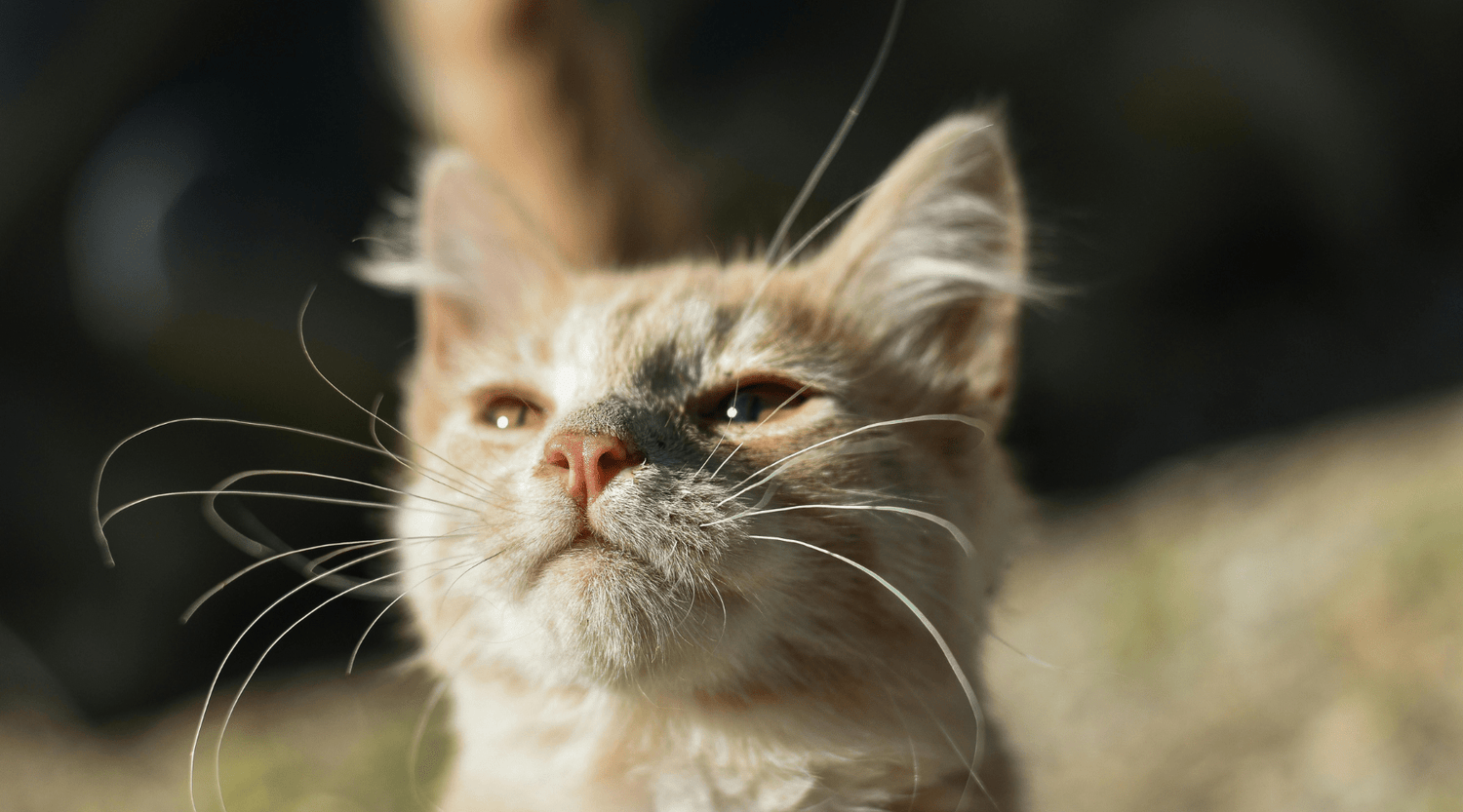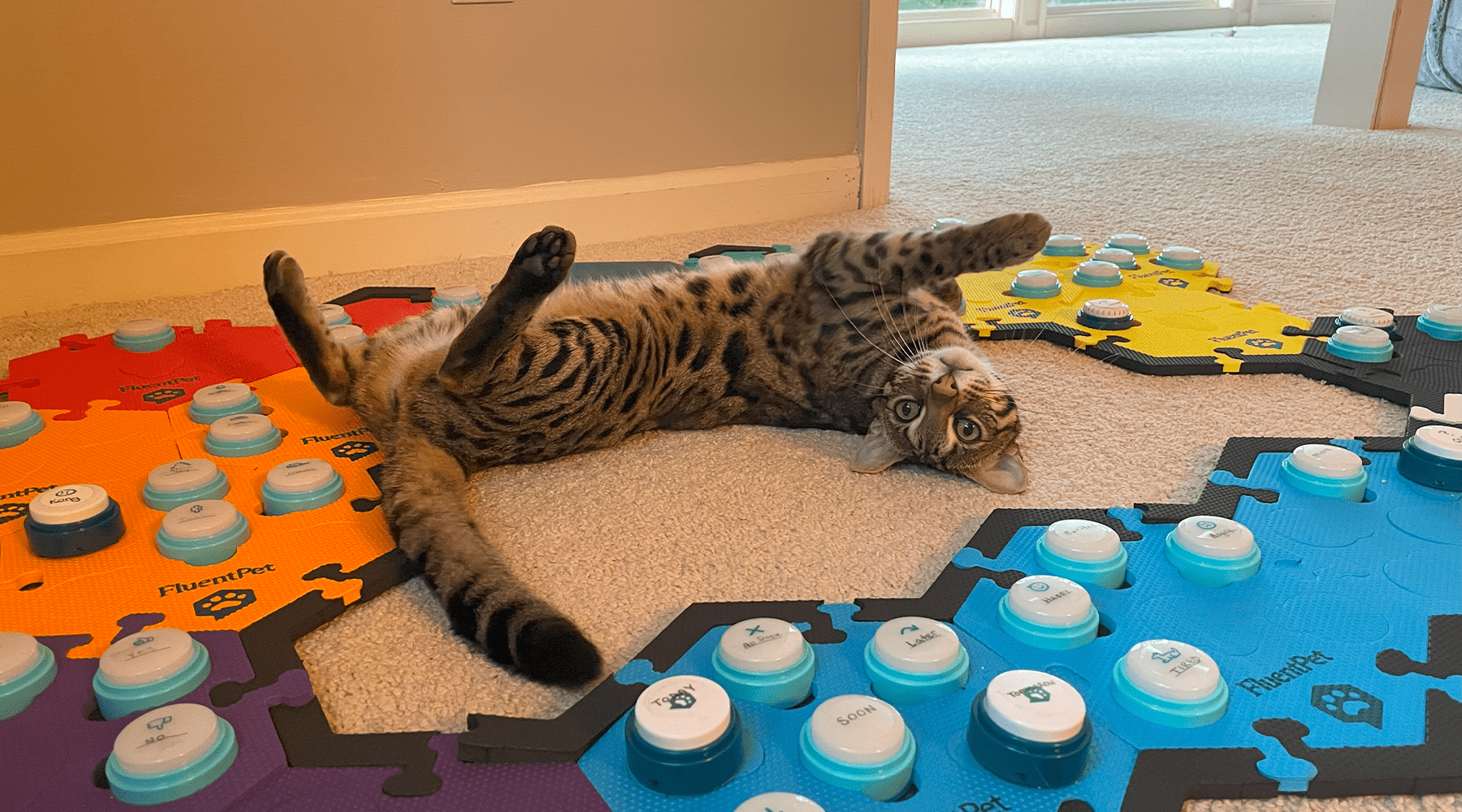By Courtney Sexton
For many of us, summer means more time outside enjoying nature, the sunshine, and good weather. And that goes for our animal companions as well.
My dog relishes more frequent trail walks along the river, and my neighbor across the street says her cats get a real kick out of window-watching as all of the warm-weather songbirds flit around the neighborhood.
But activities during the summer months can have some downsides, and there are seasonal risks for both people and our paw-ed friends that require our vigilance. Knowing what the common dangers are and how to avoid them (and trips to the vet!), we can ensure safe summer fun for everyone.
What are summer risk-factors that can impact companion animals?
The number one risk factor associated with summer is the heat. Warm temperatures and sun exposure can lead very quickly to severe heat-related illnesses (also known as heatstroke) and can even be fatal in dogs and cats, in part because they’re covered in fur or hair and only sweat from a few areas of their bodies.
Although water-related activities can help us cool down in the heat, they can also present risks to dogs and cats. Many bodies of water are home to potentially poisonous snakes and species of shellfish and mollusks that can slice footpads. And serious waterborne illnesses like leptospirosis are an important concern too. Risk of drowning can also increase for companion animals who are not strong swimmers or are caught off-guard.
In the general environment, being outdoors also means there’s an increased risk of insect stings and exposure to vectors like ticks, fleas, and mosquitos, which transmit diseases harmful to dogs, cats, and people, alike. Summer also comes with increased exposure to pesticides on lawns and other potential toxicants that are in and around the home (such as bug sprays and bonfire smoke).
Finally, summertime social activities that may seem fun for people can be tough for companion animals. Exposure to loud noises such as fireworks and over-stimulation at outdoor parties and events can cause animals stress, and may make them exhibit atypical behaviors.
How to avoid summertime risks
When it comes to heat, adequate hydration and access to water and shade are critical. Outdoor activities during the middle of the day should be avoided, and be mindful of physical exertion, especially for older dogs and cats, those with darker fur, and those who may be “flat-faced.”
Do a temperature check on hot asphalt before taking walks — if you pull your hand away, imagine how it would feel on exposed paws. Leave air conditioning and/or fans on for dogs and cats who are home alone, and never leave animals unattended in a hot vehicle.
Dogs especially may be tempted to drink “found” water, but you should always have fresh water on-hand to give them during the summer. Paw protectors can help for adventurous pups, and life jackets should be worn by all companion animals joining boat and watercraft fun.
Making sure you keep current on flea/tick/mosquito preventatives is especially important in summer (though should also be maintained year-round). It’s also good to have Benadryl on-hand in the event of an insect sting (especially because they often happen on the face), and be mindful of keeping dogs and cats away from pesticide-treated lawns.
And of course, comfort your companion during loud storms, and keep them away from fireworks displays. Likewise, while sunning with friends in the beer garden may be fun for you and your human friends, consider if that’s really where your pup wants to be.
Indoor activities can still be fun in summer!
If you make sure to be aware of and come prepared for warm-weather risks, you can safely enjoy outdoor time with your companions. But not all summertime fun has to happen outside.
If it is too hot to be out of the house, take advantage of the “lazy days” to model new words and phrases with your learner from the comfort of the cool indoors. This way, your furry friends can burn mental energy—instead of their paws and noses—by practicing with buttons!



Leave a comment
This site is protected by hCaptcha and the hCaptcha Privacy Policy and Terms of Service apply.